The internet, while offering unparalleled convenience and access to information, also poses significant risks to the privacy of its users. One of the early attempts to address this issue was the introduction of the Do Not Track (DNT) header. DNT is an HTTP header field that allows users to express their preference not to be tracked by websites and online services. Despite its noble intentions, the adoption and effectiveness of DNT have been limited, leading users to seek alternative methods to protect their online privacy.
DNT (Do Not Track) – this is an HTTP header that allows the user to bypass the tracking of their actions by third parties. When surfing the Internet, all user actions are saved in the browser cache: addresses of visited sites, search queries, purchases in online stores, etc. All of this data can be read by websites and then used for marketing or analytics purposes.
For example, let’s say that user entered “Buy a bike” in a search engine. The request was saved in the browser cache and made available for reading by third parties. Now the user will be able to see advertisements for bicycles all over the Internet.
DNT technology (do not track) is designed to protect the user from his actions on the network. Almost all modern browsers support it.
Limited adoption of DNT by websites
The limited adoption of DNT by websites has been a major obstacle to its effectiveness. Although nearly all modern browsers support the DNT header, many websites and third-party services do not honor the DNT signals sent by users' browsers. This lack of compliance undermines the primary goal of DNT, which is to give users control over their personal data and prevent tracking by advertisers and other entities. As a result, users cannot rely solely on DNT to safeguard their online activities and must look for additional measures to enhance their privacy.
Modern tools and practices for privacy protection
Fortunately, there are several modern tools and practices available that users can combine with DNT to achieve a higher level of privacy protection. One effective method is the use of ad blockers. Ad blockers not only prevent intrusive advertisements but also block tracking scripts that advertisers use to monitor users' browsing habits. By eliminating these tracking mechanisms, ad blockers can significantly reduce the amount of data collected by third parties.
Another essential tool for protecting online privacy is the use of Virtual Private Networks (VPNs). VPNs encrypt users' internet connections, making it difficult for third parties to intercept and monitor their online activities. By masking users' IP addresses and encrypting their data, VPNs provide a secure and private browsing experience, even on public Wi-Fi networks. A highly recommended option is Whoer VPN, which offers robust security features and reliable service.
Turn on Do Not Track in your browser
The “Do Not Track” function in most modern browsers can take 3 values:
- 1 (DNT is enabled) - the user does not want his actions to be tracked;
- 0 (DNT disabled) - the user agrees to be tracked;
- null (default) - The user did not express any opinion on this matter.
When the browser is first installed, the DNT function is null, in which case sites typically track. Below are instructions for enabling DNT in Internet Explorer 11, Google Chrome 33, Safari 5.1.9, and Opera 21 browsers.
Do not track in Google Chrome
-
Open browser settings.

-
Click Privacy and security and then Cookies and other site data.
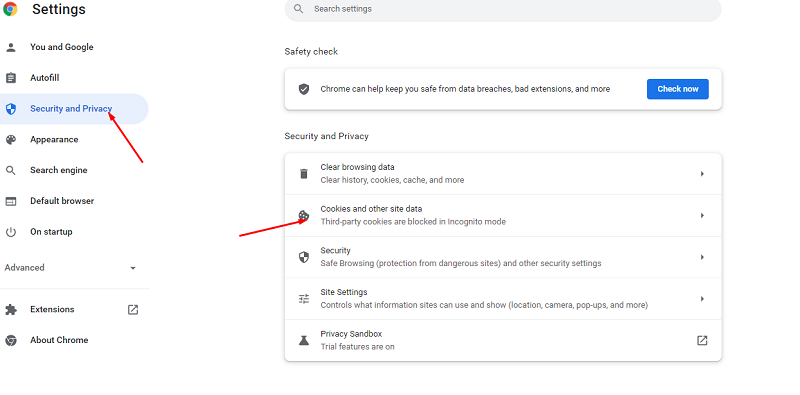
-
Turn Send a Do not track request with your browsing traffic on or off.
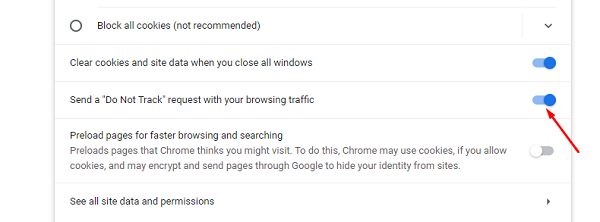
SAFARI
Open browser settings.
-
In the “Privacy” menu, check the “Prevent websites from tracking me”.
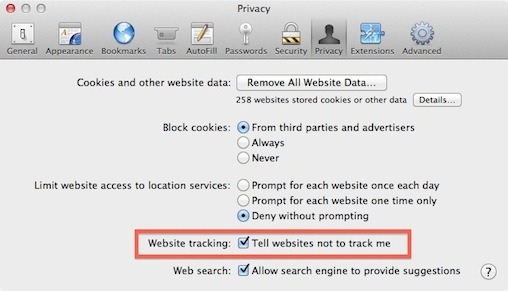
Video:
Opera 21:
-
Go to settings as shown in the picture below, or press Alt + P
-
On the “Privacy and Security” tab tick the “Send a Do Not Track request with data”.
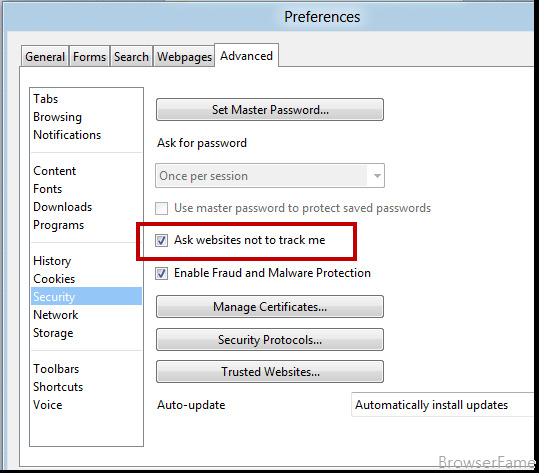
-
Click OK.
If absolutely all users turn on DNT, then sites will start ignoring it so as not to incur losses. In this case, a special plugin Ghostery will help.
DNT activation with Ghostery browser plugin
Ghostery plugin protects user data from espionage. The plugin is completely free and exists for all major browsers.
Ghostery is very easy to set up. It is enough to open the “Details” tab and check the boxes on all items:
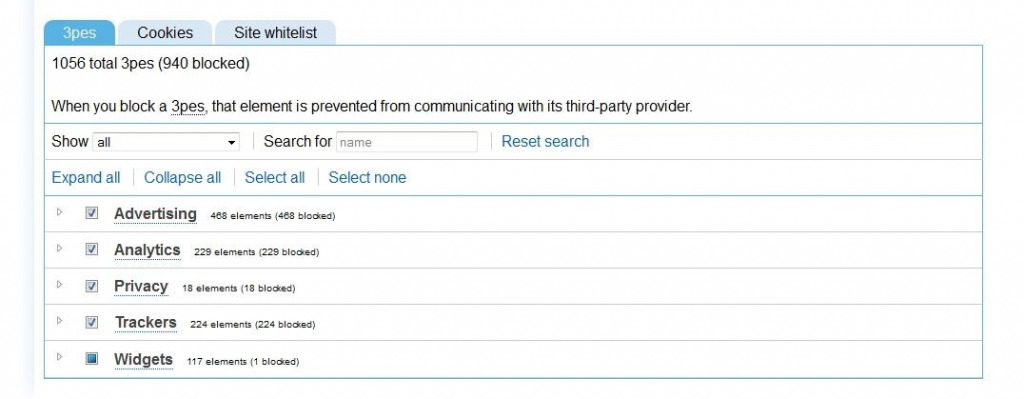
Important: The security rating of the Whoer.net service goes down even when using the Ghostery plugin, so it’s better to enable DNT in your browser and additionally activate the plugin. This way you can achieve the most effective protection of your data.
Conclusions
In conclusion, while the Do Not Track header was a commendable attempt to enhance online privacy, its limited adoption by websites has necessitated the use of additional tools and practices. By combining DNT with ad blockers and VPN services like Whoer VPN, users can achieve a more comprehensive approach to protecting their online privacy. These modern tools and practices offer robust solutions to the challenges posed by online tracking and ensure that users can browse the internet with greater security and peace of mind.
- Do Not Track is not a panacea for tracking, but large sites and companies are formally required to take into account the transmitted header.
- Configure your browsers, so that they always transmit the header do not track.
- Use the plugin Ghostery for browsers, regardless of their settings. It guarantees the blocking of “trackers”.
- Use a reliable VPN app for securing your data while browsing.
Watch our video: